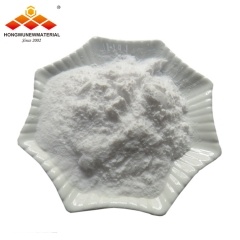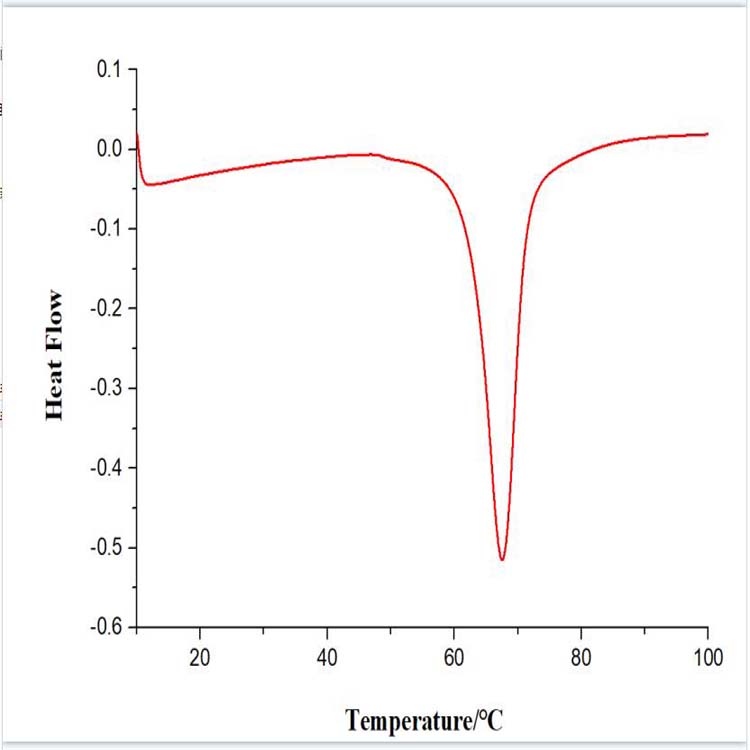Carbon Nanotubes use in FET and Polymer Membrane
Highly Consistent Field Effect Transistors Carbon Nanotubes(CNTs) and Medium-scale Integrated Circuits
Carbon nanotubes (CNTs) with the various advantages of high speed and low power consumption,is considered as the best field effect transistors channel materials. In the past fifteen years,the research of CNTs nano electronical appliance focus on two aspects: one is the exploration of devices, that is the exploration of new devices, physical principles, manufacturing methods and optimization of performance and structure; the other is the IC direction, which is to explore the use of carbon nanotubes preparing a variety of simple IC components. However, carbon nanotube integrated circuits are often faced with a significant shortage of low integration density, and low integration will limit the function of the integrated circuit and the actual use. In addition, the carbon nanotube integrated circuit also has a low output, non-ideal logic output, the need to supply high voltage or even multi-voltage, can only be a simple function and other defects. In general, the problem of integration and performance of carbon nanotube integrated circuits mainly came from materials and fabrication processes, and most studies on CNTs electronic devices focus on device performance rather than consistency,which would hinder its development.
Researchers of the Institute of Physics and Electronics, Peking University used a solution method to prepare carbon nanotubes and fabricated top-gate p-type field-effect transistors based on carbon nanotube network thin films. This carbon nanotube top-gate field-effect transistor exhibits high yield and high uniform performance. According to the characteristics of the FET, a variety of logic calculation gate, converter and D-LATCH circuit are designed and verified by rail-to-rail output. In particular, it was verified that a 4-bit adder composed of 140 p-type carbon nanotube field-effect transistors has a higher integration and a lower power supply voltage. In addition, a 2-bit multiplier is implemented for the first time. Thanks to the high uniformity of the carbon nanotube field-effect transistor and the appropriate threshold voltage, all circuits based on carbon nanotube field-effect transistors can be driven by a voltage of 2V.
Carbon Nanotubes-Preparation of Special Polymer Membrane
The introduction of inorganic components in the polymer film can not only improve the pore structure and distribution of the modified film, enhance the mechanical properties and thermal stability, but also improve the membrane permeability and selectivity. CNTs are a kind of novel materials with unique physicochemical properties, mechanical properties and thermal properties. Because of their nanometer size, hollow cylindrical structure and porosity, carbon nanotubes (CNTs) have potential applications in molecular separation.
In recent years, the performance of polymer materials are for a large number of basic research and applied research. The structure of the polymer changes in the interaction with the nanoparticles, resulting in a significant change in the physical properties of these materials, for example, changes in the molecular diffusion coefficient. This material is promising in the modernization of thin-film technology for liquid-gas separation.
Researchers from Russia have developed polymer modification methods by adding carbon nanotubes. "We sought to determine the formation conditions and the necessary structural parameters of the carbon nanotubes in the polymer to ensure a significant increase in the permeability of the membrane to certain gases and liquids," said Ph.D.in Russia. "In any type of Polymer membranes, and the geometrical characteristics of nanotube films and clusters.We fabricate and study so-called osmotic membranes through complex equipment, which is superior to most of the existing polymers in transport properties."
The addition of 1 wt% carbon nanotubes to the polymer (vinyl silane) resulted in a 5-fold increase in nitrogen permeability, a 2-fold increase in oxygen permeability, and a rise in methane and propane permeabilities 4 times and 15 times. This material is widely used, such as natural gas separation, removal of CO2 from the air, for the organic mixture of nanofiltration membrane. At present, researchers are considering the mixed membrane synthesis method applied to different types of polymers.
To sum up, with more and more researches, Carbon Nanotubes with great properties are widely used in various field.
By Corrine


 English
English français
français Deutsch
Deutsch русский
русский italiano
italiano español
español português
português 日本語
日本語 한국의
한국의 Türkçe
Türkçe

















 8620-87226359,8620-87748917
8620-87226359,8620-87748917

